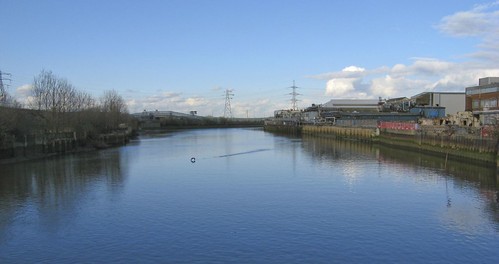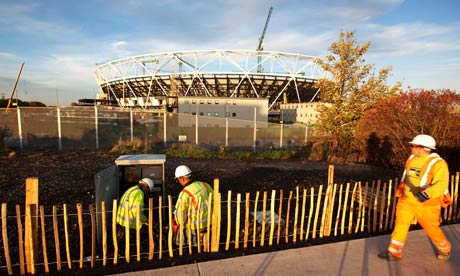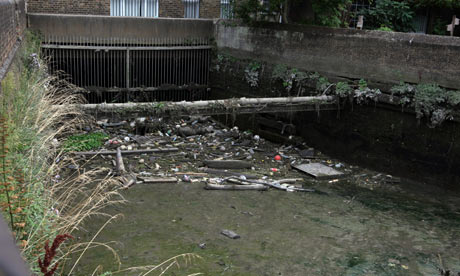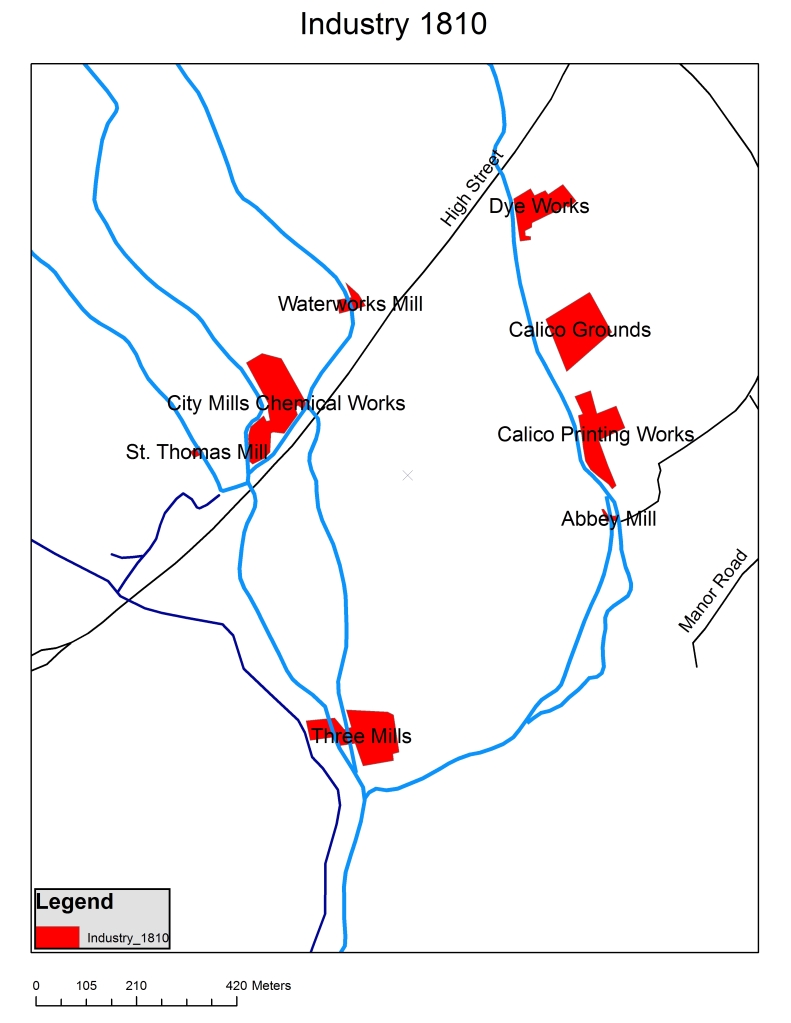Remaking the Bow Back Rivers: environmental and social intervention to decrease flooding and unemployment in West Ham, 1905-1935


Promotional literature for the 2012 Olympic games promises to transform the environmental and social conditions in the Lower Lea Valley: “The natural river system of the valley will be restored, canals would be dredged and waterways widened… The rehabilitation of the Lower Lea Valley lies at the heart of the Olympic legacy to east London, restoring an eco-system and revitalising an entire community.”[1] This, however, is not the first time the Bow Back Rivers have been the focus of a major public works project with the goals of improving social and environmental conditions in West Ham. Half a century of rapid industrial and suburban growth left the tidal Back Rivers of the Lower Lea in rough condition by the end of the nineteenth century. The polluted and silted streams decreased the rivers utility for transportation, threatened public health, and increased the threat of flooding.



